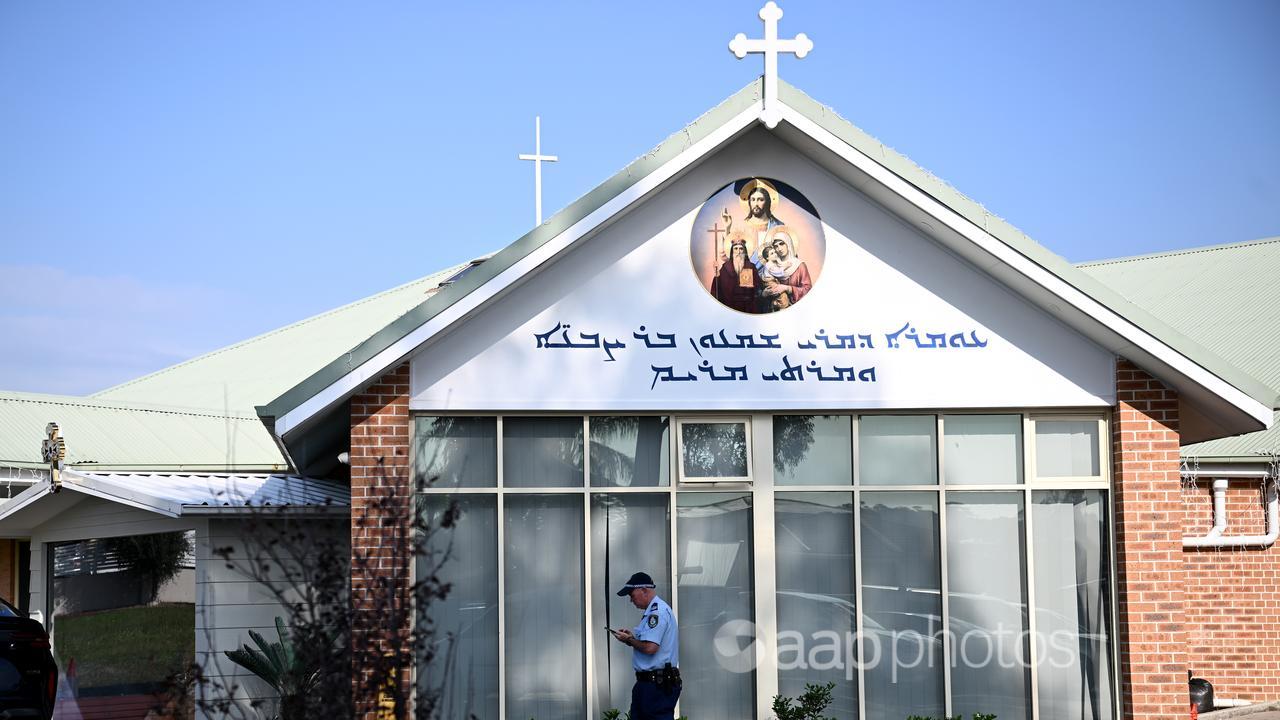The Statement
A Facebook post purports to show a letter by “a police officer in Australia” detailing the increases in crimes a year after new gun control laws were introduced nationally.
The November 15, 2019 post, from a New Zealand-based user, is titled “Australian Gun Law Update”. Despite the 2019 date it has resurfaced recently.
The post claims to show a letter from “Ed Chenel, a police officer in Australia”. Starting with “Hi Yanks” the letter says it will tell Americans about “the real figures from Down Under” 12 months after “gun owners in Australia were forced by a new law” to surrender 640,000 firearms.
It claims there have been increases in homicides, assaults and armed robberies since the new law was introduced.
This post has been viewed more than 1.2 million times and shared 46,000 times.
It has also appeared on another New Zealand-based page here.

The Analysis
Despite being dated November, 2019 and circulating in early 2020, the purported letter from “Ed Chenel” has been circulating on the internet for almost 20 years. It shows up in online forums as far back as 2001 and was circulating on US-based pages such as this and this during 2019
It’s unclear whether an “Australian police officer” Chenel ever existed, as Google searches for his name only lead back to this same letter or many other articles – here, here and here -also debunking it.
Despite its “Australian Gun Law Update” headline, the post refers to laws introduced in Australia nearly 25 years ago, after the Port Arthur Massacre in Tasmania in April, 1996 that left 35 people dead.
In 1996 former Prime Minister John Howard co-ordinated the National Firearms Agreement, which included a temporary firearms buyback program that resulted in about 640,000 prohibited weapons being bought back between 1996 and 1997.
The post claims “first year results are now in” and show homicide rates rose 6.2 per cent. The Australian Institute of Criminology report, Homicide In Australia 2017-18, published in 2020, shows this claim is false.
The report shows (Table A3, page 20) that homicides occurred at a rate of 1.82 per 100,000 people in 1994-95, then 1.66 per 100,000 in 1995-96 (the period including the April 28, 1996 Port Arthur massacre).
Homicides were 1.62 per 100,000 in 1996-97 and 1.61 in 1997-98 – a continuing decrease. Actual numbers of homicides also declined from 327 in 1994-95 to 303 in 1995-96, then 299 in 1996-97, then 300 for 1997-98.
Homicides did rise to 328 in 1998-99 – a 9.3 per cent rise on the previous year, then fell to 305 in 1999-2000 – a seven per cent drop. The report shows (Figure 1, page 1) a steady drop in homicides from 1989 to 2017-18, the lowest since the National Homicide Monitoring Program began in 1989.
A 2006 study by University of Sydney and Macquarie University researchers found that the decline in total firearm deaths accelerated after the introduction of the gun laws.
And a 2012 paper in American Law and Economics Review by Australian National University researcher Andrew Leigh and Christine Neill of Wilfrid Laurier University in Ontario stated: “Firearm deaths – both homicide and suicide – are currently at exceptionally low levels by historical standards”.
The post claims that assaults were up 9.6 per cent in the year after the gun law changes. This statistic is inaccurate: Australian Bureau of Statistics data (p42) shows there was an 8.6 per cent increase in assault from 1996 to 1997 and a 6.8 per cent increase in assault between 1997 and 1998.
There was already a rising trend, however, with a 12 per cent increase in assault victims between 1995 and 1996 (p46).
The 2008 Australian Institute of Criminology report, Trends in Violent Crime, also notes there has been a rising trend in assaults since 1995.
The claim that there was a 44 per cent increase in armed robberies is correct: ABS statistics show a 44 per cent increase in the number of victims of armed robbery from 1996 to 1997 (p67)
There was an 18 per cent increase in the number of victims of armed robbery from 1995 to 1996 and a 20 per cent increase from 1997 to 1998.
The image with the Facebook post, of a truckload of firearms being tipped out, is a Reuters photograph from July,1997 of guns sent to be destroyed after the Australian government buyback scheme.

The Verdict
Based on the evidence, AAP FactCheck finds the claims on the Facebook post to be false.
Regardless of whether an “Ed Chenel” wrote such a letter, the statistics quoted in it are wrong about homicides and inaccurate about assaults. The post also refers to as “recent” law changes that were made more than 20 years ago.
False – The primary claims of the content are factually inaccurate.
* AAP FactCheck is accredited by the Poynter Institute’s International Fact-Checking Network, which promotes best practice through a stringent and transparent Code of Principles. https://aap.com.au/
All information, text and images included on the AAP Websites is for personal use only and may not be re-written, copied, re-sold or re-distributed, framed, linked, shared onto social media or otherwise used whether for compensation of any kind or not, unless you have the prior written permission of AAP. For more information, please refer to our standard terms and conditions.

















